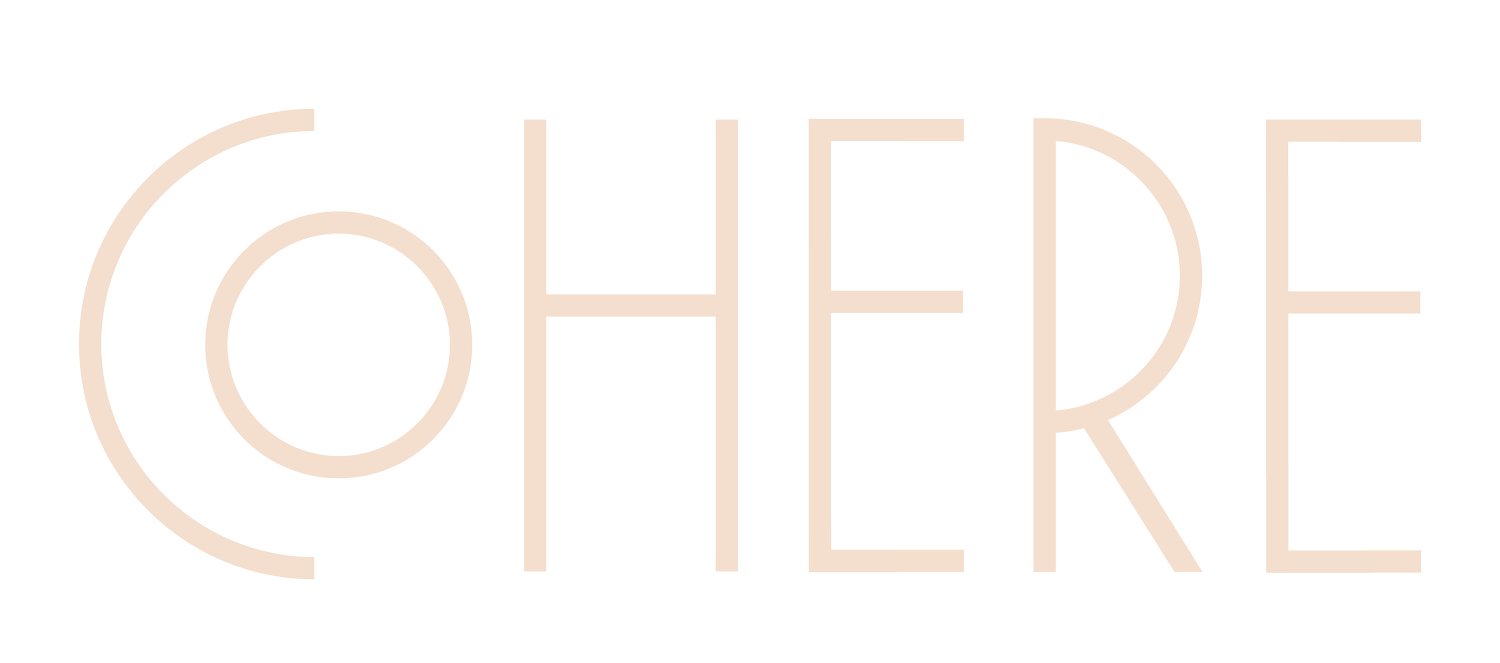How to Take Charge of Your Life: In Conversation with Stephanie Waite
What a wonderfully insightful conversation this was with Stephanie! I have known Stephanie for almost 2 years and every conversation I have with her gets more and more informative and enjoyable. Stephanie and I met through the human centered design institute at TCU when Stephanie partnered with us to host an advisor training workshop. Since then, I have been lucky enough to work on several other projects with Stephanie.
We began our conversation with the importance of time and how it is, in Stephanie’s opinion, the most important nonrenewable resource. I had never heard someone describe time in this way, but am inclined to agree. Each of us has a limited amount of known time, and our daily choices spend time that we can never get back. Stephanie framing time in this way made me look at the notion of agency in a whole new light. If time is our most valuable resource, that we can never get back, the way we choose to embrace our time is essential to meaningful living. However, I think it is important to balance considering how we spend our time with living, taking risks, and being spontaneous.
When examining how we spend our time, it’s necessary to consider school and/or work, the place that we all will spend most of our time throughout our life. Stephanie has a heightened interest in making these decisions because of her role as a career advisor. School and the decision to pursue higher education is extremely personal and important in choosing how to spend our time. Oftentimes, we will make decisions that feel like the right choice because it mirrors what those around us are doing or fulfills expectations that others might have for us. Stephanie calls these expectations the, “conveyor belt,” that our different communities can inadvertently advocate for. The “conveyor belt,” starts at a very young age and can continue without us even realizing it. It’s so easy to let life happen to us instead of choosing how to comport ourselves throughout life. We are the arbiters of our own future, but it is easy to let this agency go unused. Like Stephanie expressed, there is nothing wrong with the traditional, “conveyor belt,” as long as you are choosing that path consciously, with intention.
Discussing the, “conveyor belt,” and choosing life paths led Stephanie and I to the importance of mental displacement. Stephanie described mental displacement as stepping outside of your own comfort zone and adopting a new perspective outside of your own worldview. Everyone has their own personal framework for approaching the world and displacing your point of view allows you to appreciate a new way of living. Being able to practice mental displacement can allow us to both gain new ideas for living with authenticity, and reaffirm certain choices we’ve made in the way we act.
Using mental displacement to expand our knowledge is one of practicing what Stephanie described as Socratic Doubt. When we embrace Socratic Doubt, we strategically question our own beliefs to better examine the ways we’ve come to form them. Our beliefs, mindsets, and worldviews are a nuanced combination of genetics, experiences, mistakes, learnings, and family. Considering the way our beliefs have been formed allows us to understand our actions in a more objective way. Of course, there is no way to completely remove subjectivity from our own opinions and worldviews, but we can delve deeper into the “why” behind our beliefs and then decide whether or not the belief holds validity.
In processing our own doubt, it’s important to learn from other people and their experiences. There are too many mistakes we could make in this life to make them all yourself. Pay attention to the mistakes, lessons, and experiences of other people, regardless of their age. Valuing the life around us is vital to our fulfillment. However, in order to embrace Socratic Doubt, we need to pair learning from those around us with being comfortable sitting in the unknown. We will never have all of the answers, but in asking the right questions, or simply paying attention, we can make meaning as we try to find it. Living life with meaning doesn’t have to look like having certainty, it can look like enjoying the process of exploring the unknown.
At the end of our conversation, Stephanie said she was feeling hopeful. This was such a beautiful way to end our conversation; while we had spent the time sitting in doubt and uncertainty, we were still able to round back to optimism for the future. Hope is necessarily a forward-thinking and forward-moving state, and in pairing our doubt with hope, we can find more comfort in the uncertainty of making meaning.
I hope you all enjoyed learning more about Stephanie and her approach to a value-filled life. If you want more content, subscribe to Making Meaning on Spotify or Apple Podcasts, and subscribe to the blog so you never miss a post! If you want to join the conversation, follow us on Instagram @thecoherecollective.
Until next time, so much love!
XX


